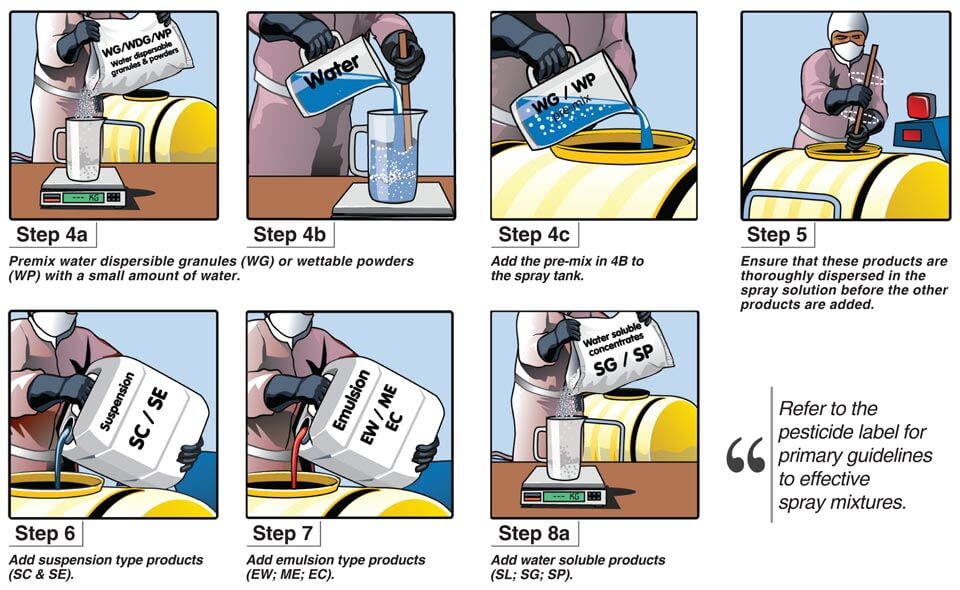The public worry about residues in food. They are concerned about harming non-target flora and fauna. They worry about the long-term effects on the environment. They question the approval process. Most troublesome is that many question a farmer’s need and use of pesticides in the first place.
Public pressures prompted a 1998 study by 10 agricultural scientists and legal experts who presented a position paper to the Council for Agricultural Science and Technology (CAST) looking at the feasibility of transforming pesticide use to a prescription-type system.
Just like the label on drugs at the pharmacy, a pesticide checklist would provide all the pertinent information for its safe and effective use.
Not only would farmers benefit from clear and precise instructions, manufacturers would have fewer questions from frustrated farmers. Retailers would have fewer complaints about product failures.
Their thinking is that the public is more accepting of the medical system where low-risk products can be self-prescribed, but high-risk drugs must be prescribed by licensed professionals.
The study concluded that adopting a medical-type system for prescribing pesticides may ease public concern about their environmental risk and safety. It may even prevent the loss of some high-risk pesticides.
However, it would require establishment of a new level of qualified personnel, which could add significant costs. The authors said these costs would need to be further evaluated before such a practice would be implemented.

Farmers do not need a pesticide prescription process with all the associated bureaucracy and cost to ensure human and environmental safety. But they do need easily accessible, detailed and concise information.
Instead of ignoring the calls by the public for more regulation of pesticide use and then complaining and resisting those regulations when governments impose them, it’s time for farmers to take a proactive approach and tell the public, governments and industry that this is the information we need from retailers and manufacturers to make better and safer use of the pesticides we need to keep putting food on consumers’ plates.
































